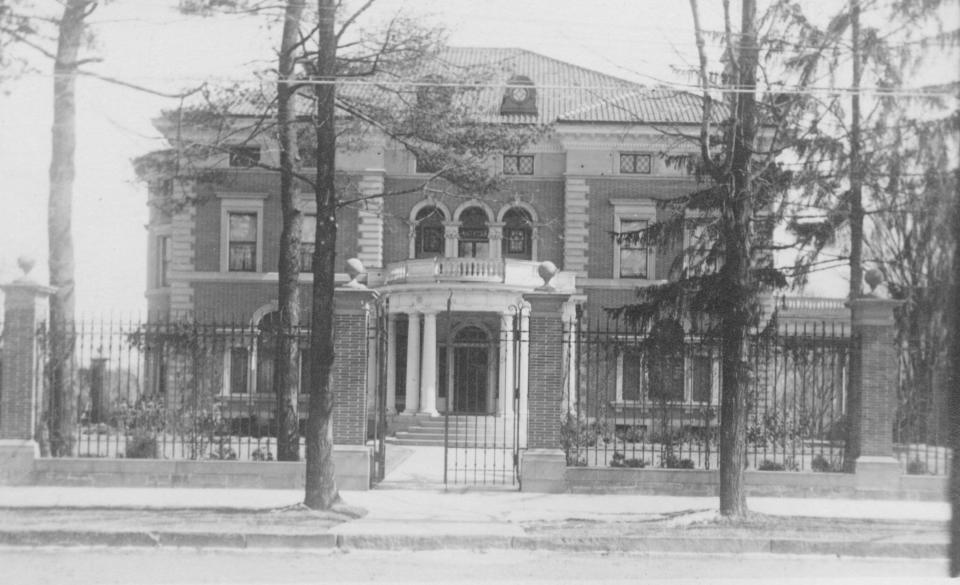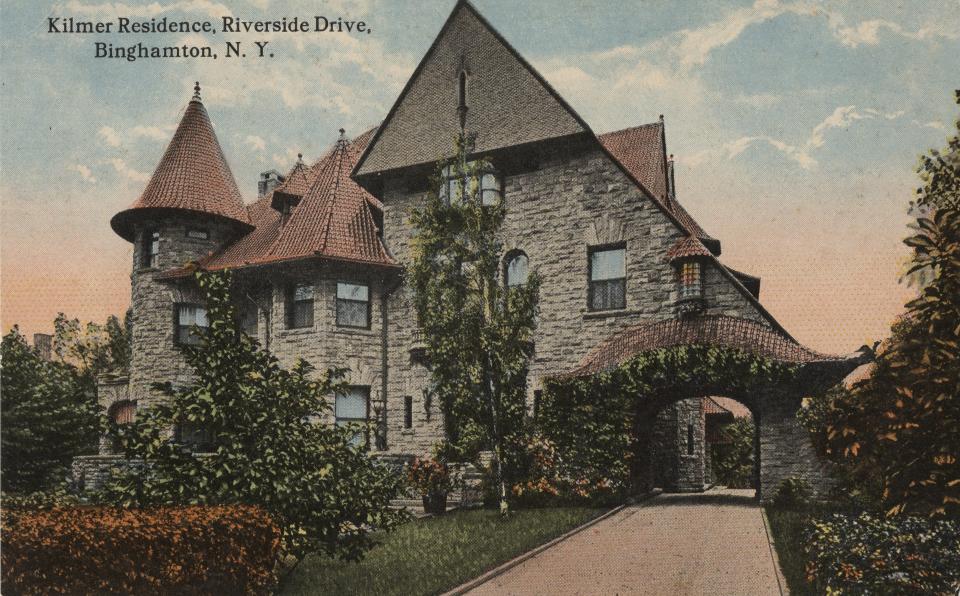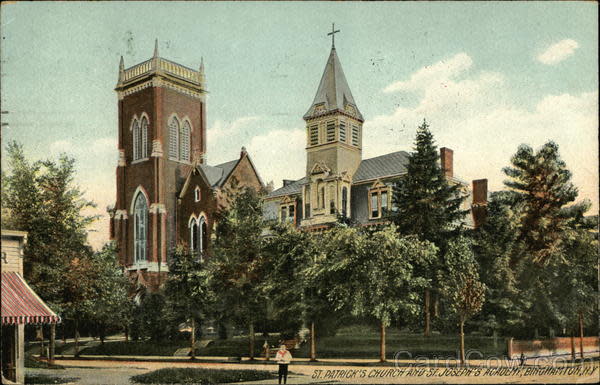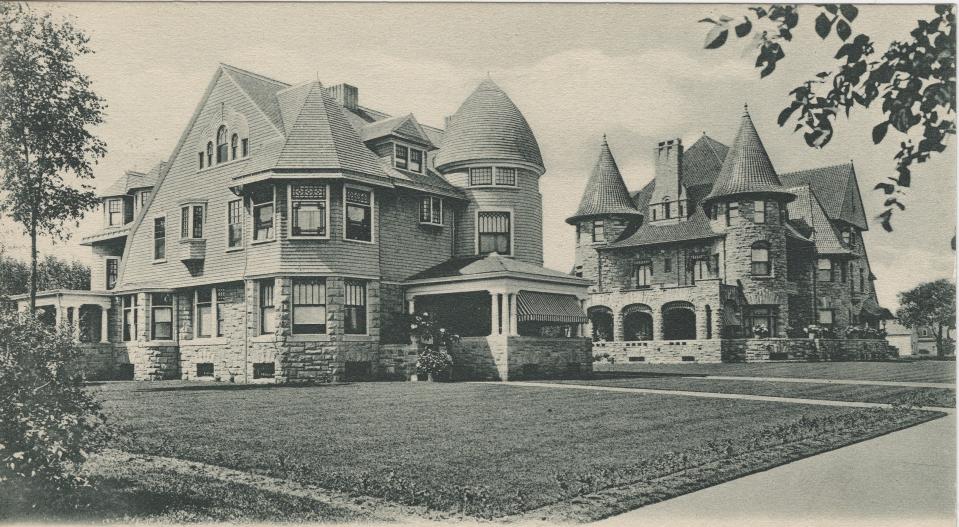Wonders of the West Side: Take the walking tour of historic Binghamton
Over the increasingly warmer days, I have made three treks to lead groups through the streets of some of our communities. The first was a sojourn through the village of Johnson City to see the enormous impact the growth of Endicott-Johnson had on the population at the beginning of the 20th century.
The second trip was through the streets of the village of Endicott – the Magic City that went from farmland to incorporated community in only six years. There, the growth of Endicott-Johnson was joined by the explosion that would become International Business Machines. It was an amazing trip to see how that village morphed over the many changes in the last 100-plus years.
The third trip, which will be over as you read this column, will be through the downtown area of the city of Binghamton. There, upon the land granted to William Bingham, we will have walked along the streets where Endicott-Johnson, Bundy Time Recording (the future IBM), and Link Aviation began. Walking past buildings that date from the early 1800s to the present symbolizes the growth of this community.

Now, it is time for my last trek for the summer. This one will take participants through some of the streets of the West Side of Binghamton. They will get to view the varied architectural styles that make up the many homes of the Parlor City. Starting in front of Roberson Museum and Science Center – a mansion built between 1904-1907, we will go past the oldest house in the city of Binghamton. They will see the home of Daniel Leroy, who in 1806 had hopes of creating a rival town across the Chenango River from Joshua Whitney’s burgeoning Chenango Point/Binghamton.

Strolling around the blocks near Riverside Drive, there were and there are the mansions that adorned what was to be a secluded suburb of Binghamton until the Memorial Bridge construction in the 1920s. So many architectural styles and so many stories of the famous and near famous of the Binghamton area at the turn of the last century.
It is an area where the Robersons lived near the Kilmers who lived near the Roses, and all had mansions and only some got along with the others. It is a tale of rival social events on the same night, and feuding families that would be hard to describe in a novel. It is a region where the county’s first Roman Catholic Church would be built to allow the increasing number of Irish immigrants to worship. Yet the immigrants lived on the other side of the river. Why would they build it there? It is yet another story of how a community grows.

People taking this last trip of the summer will be able to enjoy everything from Federal, Greek Revivals, Queen Anne, Stick Style and other architectural styles that are located in about a nine-block are of the West Side. For two hours on Saturday, July 22 from 2-4 p.m., participants can enjoy this trip through history rain or shine.
The cost is $39 per person, and those interested in the tour can go to the SUNY Broome Continuing Education website, click on View our Catalog and go to Personal Enrichment. You can also call the department at 607-778-5012.
Our all-stars: Meet the 2023 Elite Spring All-Star Binghamton high school teams
More history: Broome County's Civil War roots run deep: Plenty of books to keep historian busy

I have taken several groups along this route. I can almost guarantee that there will be a surprise for those taking the trip this year. Sometimes you just don’t get to look at the lives of those who built our community by looking just at the outside. Sometimes one can get a better sense of lives passed by going into the homes of those who built this region.
If you are interested and want a sense of those who came before us, join my merry band of trip-takers and stroll through the streets of the West Side of Binghamton – our own Parlor City.
Gerald Smith is a former Broome County historian. Email him at historysmiths@stny.rr.com.
This article originally appeared on Binghamton Press & Sun-Bulletin: Binghamton history walking tour of West Side neighborhood

